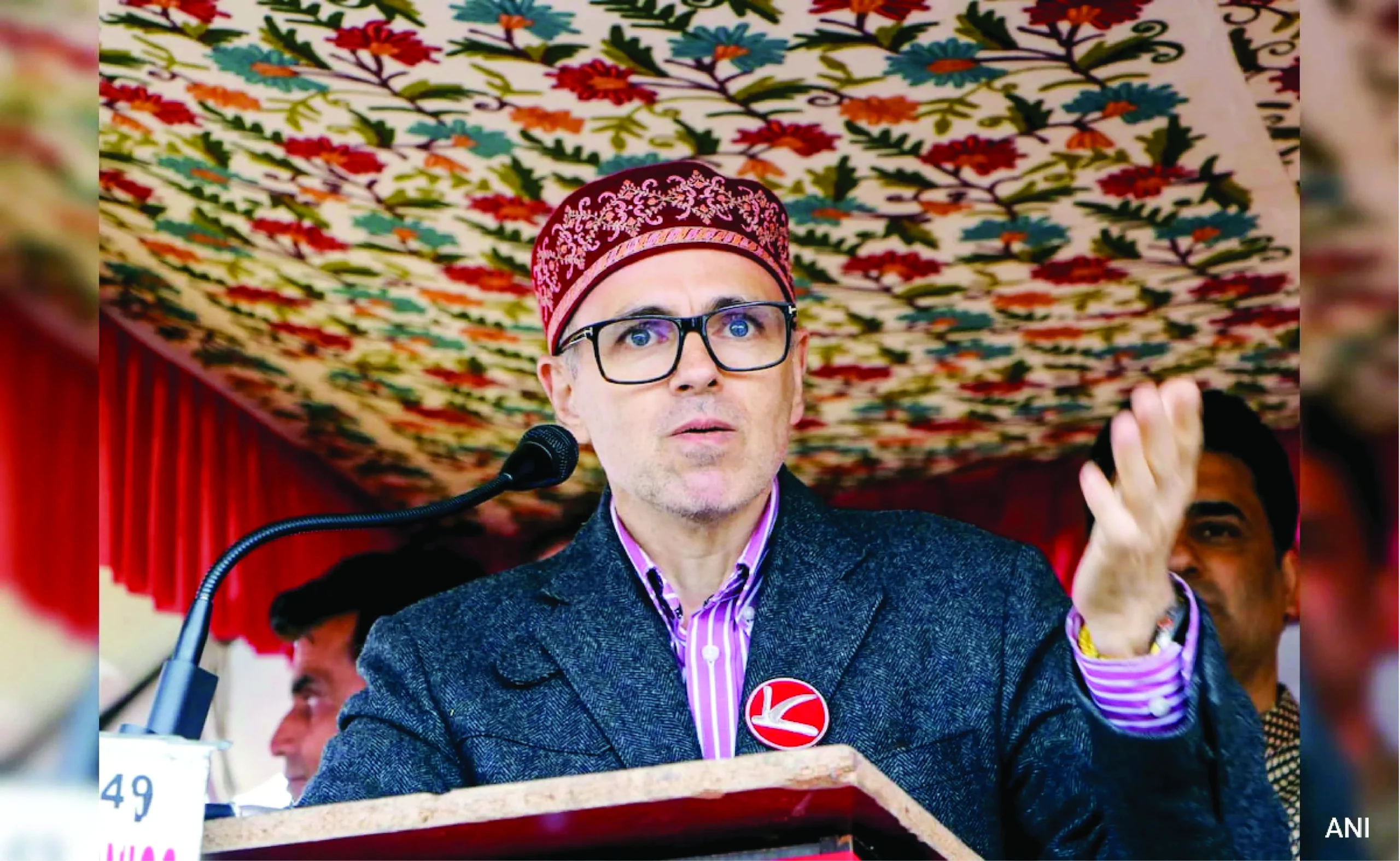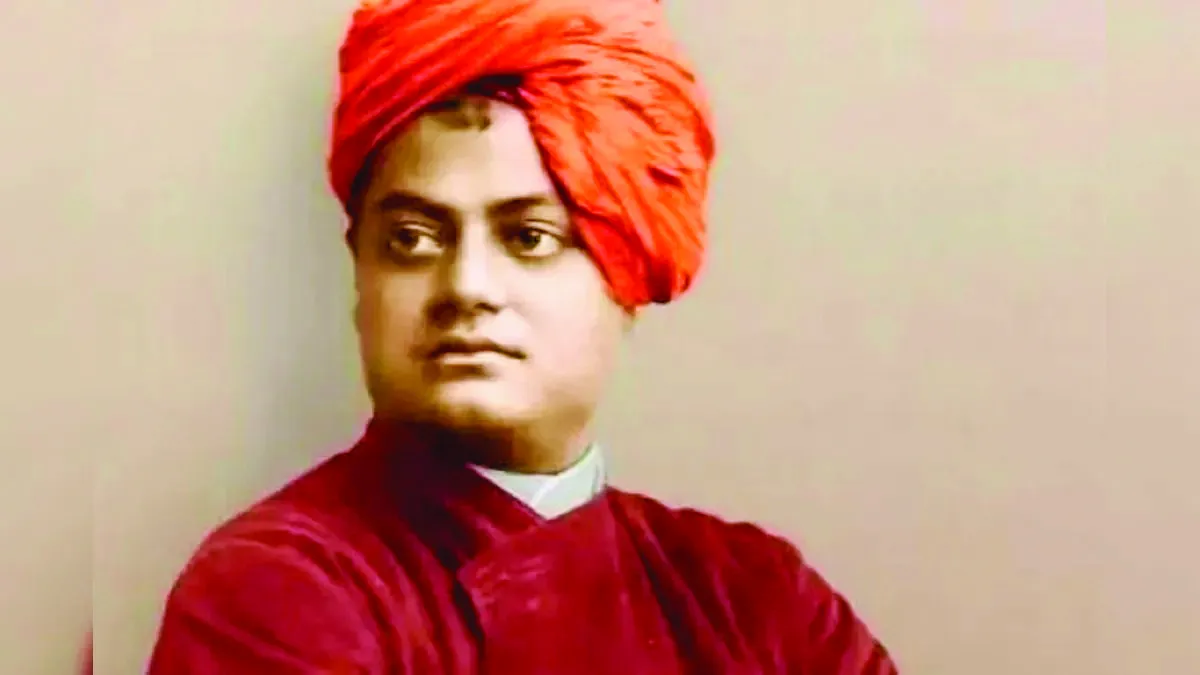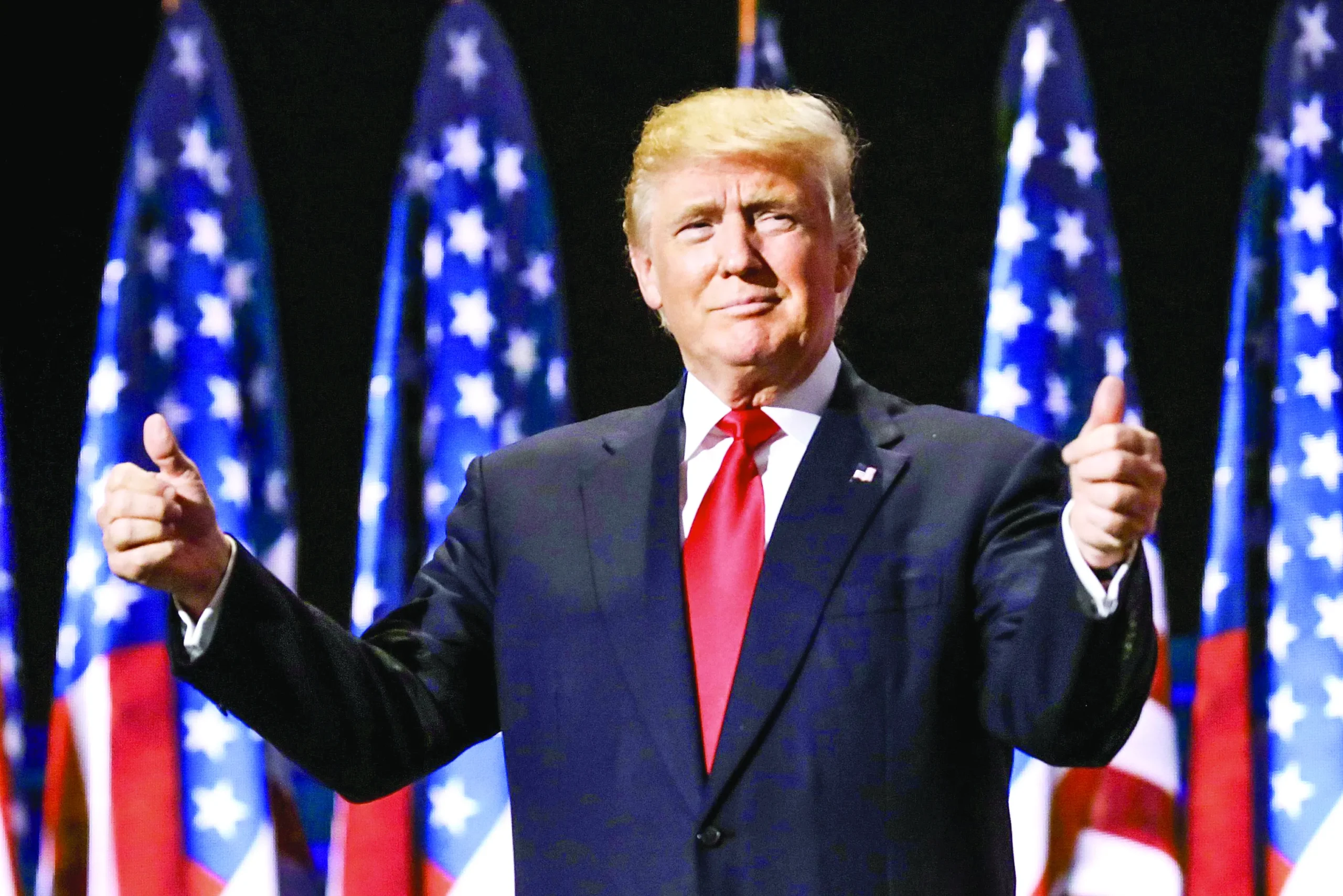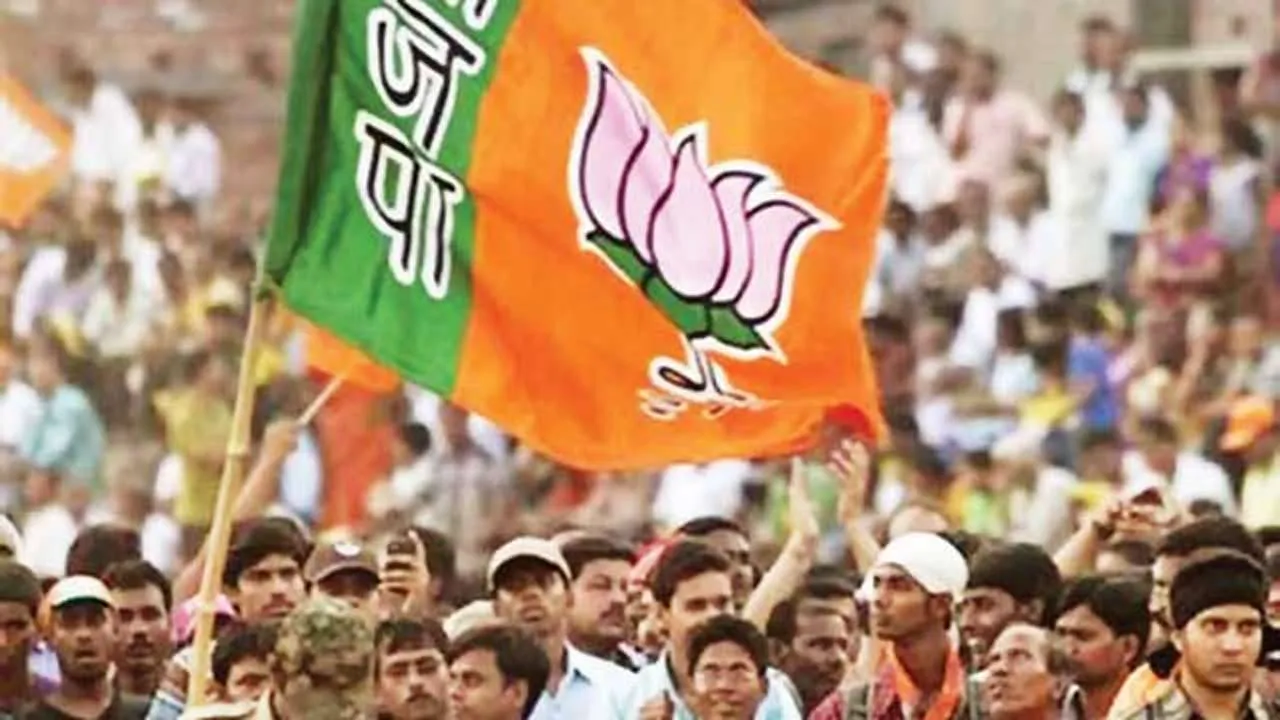For understanding economic behaviour, one has to go beyond economics and explore whether economic behaviour is an economic activity alone or a sum of two activities: economic and psychological. A seminal work in this area is Tibor Scitovsky’s The Joyless Economy: The Psychology of Human Satisfaction, written in the context of American economy that was already in Rostow’s fifth stage of high mass consumption. Interestingly, Scitovsky was more into scrutinizing the role of psychological factors like individual and social perceptions and neuro-psychological aspects of motivation in areas of daily needs, wants, ordering of choices, goods preventing distress and goods giving gratification, and social welfare, etc. Scitovesky’s stress on how economics could be enriched through the application of new psychological research and insights, has relevance as policy makers of both developed and developing countries should possess knowledge of human psychology vis-à-vis working of economy both at micro and macro level.
Traditionally, development economics in terms of policy formulation, has concerned itself with major strategic themes: 1) mobilization of underemployed manpower; 2) industrialization; 3) accelerated capital formation; 4) a welfare state with active involvement of state etc. Despite some economists’ belief that neoclassical economics does not apply well to developing economies, the need for state intervention and deliberate public action has been felt very vehemently justifying a departure from neoclassical tradition. Development economics being largely perceived as contemptuous of underdeveloped countries, experience has been mixed one. High performing states like Hong Kong, Taiwan, South Korea and Singapore remind us of father of economics and stout supporter of laissez-faire Adam Smith, while low performing countries in Africa, Asia, and Latin America are evidences not justifying states’ meddling with market forces. Economic growth, not synonymous with economic development, has received utmost attention in traditional development economics and in sharpening of focus on strategic themes listed above.
One of the principal pitfalls of traditional development economics is treatment of accumulation of national product, aggregate income and total supply of goods and services as symbolic of improvement in total welfare. To put it differently, the focus was on single-faceted approach hoping the benefits of growth to ‘trickle down’ to the neediest ones in the society in due course. Traditional development economics was not concerned with urgent or immediate ‘entitlements’ and ‘capabilities’ of people at the margin. For example, a rise in the income of a person is possible by adding to his purchasing power. But with no schools or medical facilities in his locality, even if having been lifted above poverty line with increased income, his reach to medical facilities and education still suffers as increase in his income does not guarantee these.
India, prior to 2014, generally had many such issues. For example, regarding adequacy of budgetary provision; poorly utilized funds, inefficient quality of expenditure, etc. in various departments. These led to poor infrastructure, absenteeism, stocking and issuance of expired medicines in government hospitals, equipment procured much in excess and lack of supervision etc. Expansion of governmental health and education services did not receive the attention it needed. Time and cost overrun in many projects was rampant. Crowding in public hospitals and consequential decline in the quality of care was choking. Failure of delivery mechanism combined with sloth, red tape, arbitrariness in decision making processes and pilferage made a mockery of India being a welfare state. Neither freedom from poverty nor good governance came to fruition. Indian economy by and large remained a joyless economy.
Post 2014, Prime Minister Modi, has proved to be a leader with rare qualities: a largerperspective,thoughtful, interactive, questioning and capable of taking unpredictable decisions. He has displayed a keen sense for understanding human psychology in matters economic. Programmes launched by government are bravely tackling conventional pitfalls in entire economy while trying to access the deprived people quickly and directly thus raising their psychological morale, pleasure and joy. First time government introduced important strategic themes which can be called growth agents: Make in India; Digitization; Demonetization; Direct Transfers; Financial inclusion; Aadhaar linked Identity; production linked incentives, ease of business, Ayushman Bharat and many more as part of composite package having inter-linkages.
The themes pushed hinge on multiple-faceted approach as opposed to single-faceted one followed by neo-classical believers. Entitlements generally don’t work through operation of market processes alone and that is why government has laid stress on what families can get from state through the system of command established by the government. This is a very crucial achievement. Pradhan
Mantri Jan Dhan Yojana is a scheme to deliver financial inclusion. Jan Dhan Yojana renders assistance to unbanked Indians to open a bank account and access social security schemes like insurance and pension. In terms of numbers, it has enabled unique financialisation of country. With no minimum balance requirements, the first step of unbanked Indians towards organised finance has been taken, providing millions of people a reach to benefits of banking services. Women have benefited enormously from these reforms.
Government has enhanced and strengthened the linkages with Aadhaar. Aadhaar is now India’s most credible identity instrument, and is used for filing taxes, and buying financial products like fixed deposits and mutual funds. Aadhaar being linked to direct benefits such as the public distribution system, employment guarantee schemes, cash transfers to the poor, and opening bank accounts, linking of Aadhaar with smartphones coupled with near-universalization of banking services, are features of unique developmental model. One of the most important advantage of these linkages is: Aadhaar gets rid of duplication and thereby diversion of subsidized goods to untargeted beneficiaries. GST is biggest reform push in the field of taxation, and perhaps the most thoughtful method against tax evasion. Prime Minister has brought to reality one of India’s longest pending reforms.
Prime Minister with his keen insight into psychology of human behaviour, believes in multiple-faceted development agents all working in tandem to achieve ultimate goal: accelerated overall development and upliftment of most marginal people. He realizes his vision of a new India will remain a myth if poorest people are not taken care of directly and instantaneously. Development strategic themes underway are triggering a cycle of happiness and joy. People are now feeling a movement towards a joyous economy which has received wide international acclaim.
K. K. Srivastava is a former Additional Deputy CAG, a poet, writer and columnist.























